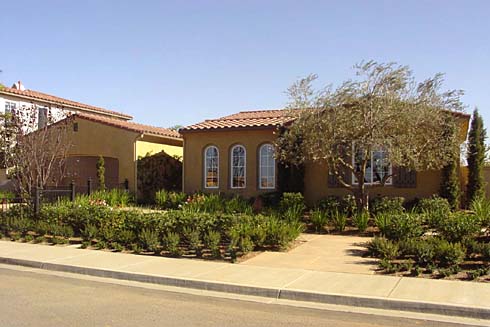RENT-UP PERIOD
Embracing the Rent-Up Period in Real Estate
In the realm of real estate, the term 'rent-up period' encapsulates the crucial duration during which newly constructed properties transition from completion to full occupancy. This phase represents a pivotal juncture for property developers, landlords, and investors, bearing significant implications for financial performance, market positioning, and tenant attraction. Embracing a comprehensive understanding of the rent-up period is instrumental in navigating the intricacies of property development and management, ultimately fostering informed decision-making and strategic planning within the real estate domain.
Key Dynamics of the Rent-Up Period
The rent-up period encompasses a series of multifaceted dynamics that warrant careful consideration and proactive management:
Marketing and Promotion:
Effectively showcasing the unique value propositions of newly constructed properties to target demographics, thereby stimulating interest and driving occupancy levels.
Lease-Up Strategies:
Devising tailored lease-up strategies, including competitive rental pricing, attractive incentives, and targeted outreach initiatives, to expedite the attainment of full occupancy.
Operational Efficiency:
Streamlining operational processes, optimizing property management protocols, and ensuring seamless tenant onboarding experiences to facilitate a swift and efficient transition from completion to occupancy.
Financial Implications and Performance Metrics
The rent-up period significantly influences financial performance metrics and investment returns, underscoring its pivotal role in the real estate landscape:
Revenue Projections:
Accurately forecasting revenue streams and occupancy timelines to inform financial planning, budgeting, and investment appraisals.
Cash Flow Management:
Navigating the financial implications of a property's transitional phase, including managing cash flow dynamics, debt service obligations, and operational expenses during the rent-up period.
Market Positioning:
Leveraging the rent-up period to solidify the market positioning of newly constructed properties, thereby establishing a competitive edge and fostering long-term sustainability within the real estate market.
Market Positioning:
Leveraging the rent-up period to solidify the market positioning of newly constructed properties, thereby establishing a competitive edge and fostering long-term sustainability within the real estate market.
Strategic Insights and Decision-Making
By embracing the complexities of the rent-up period, property developers, investors, and stakeholders in the real estate domain can leverage strategic insights to optimize their approach:
Market Analysis:
Conducting comprehensive market analyses and demographic assessments to align lease-up strategies with the preferences and demands of target tenant segments.
Tenant Experience:
Prioritizing tenant satisfaction and experience during the rent-up period to cultivate lasting relationships, positive word-of-mouth referrals, and sustained occupancy levels.
Adaptive Management:
Embracing adaptive management practices and responsive adjustments to lease-up strategies based on real-time market feedback and performance indicators.
Navigating the Rent-Up Period with Foresight
In conclusion, the rent-up period embodies a critical phase in the lifecycle of newly constructed properties, wielding substantial implications for financial outcomes, market positioning, and tenant attraction within the real estate landscape. By embracing a comprehensive understanding of the multifaceted dynamics inherent to this transitional phase, stakeholders can navigate the rent-up period with foresight, agility, and strategic acumen, ultimately optimizing the path to full occupancy and fostering enduring success within the dynamic realm of real estate.
MORE REAL ESTATE TERMS
A, B, C, D, E, F, G, H, I, J, K, L, M, N, O, P, Q, R, S, T, U, V, W, X, Y, Z
Featured New Home

Featured Mortgage Brokers
- BANK OF AMERICA NA CHARLOTTE, FOREST HILLS, NY
10510 QUEENS BLVD STE 2
FOREST HILLS, NY 11375 - GUARANTEED RATE INC, PARSIPPANY, NJ
322 ROUTE 46 STE 170
PARSIPPANY, NJ 7054 - PRIMELENDING A PLAINSCAPITAL COMPANY, GLEN ALLEN, VA
4198 COX RD STE 113
GLEN ALLEN, VA 23060 - HIGH TECH LENDING INC, CITRUS HEIGHTS, CA
7777 GREENBACK LN STE 210
CITRUS HEIGHTS, CA 95610 - EMBRACE HOME LOANS INC, MIDDLETOWN, RI
25 ENTERPRISE CTR
MIDDLETOWN, RI 2842